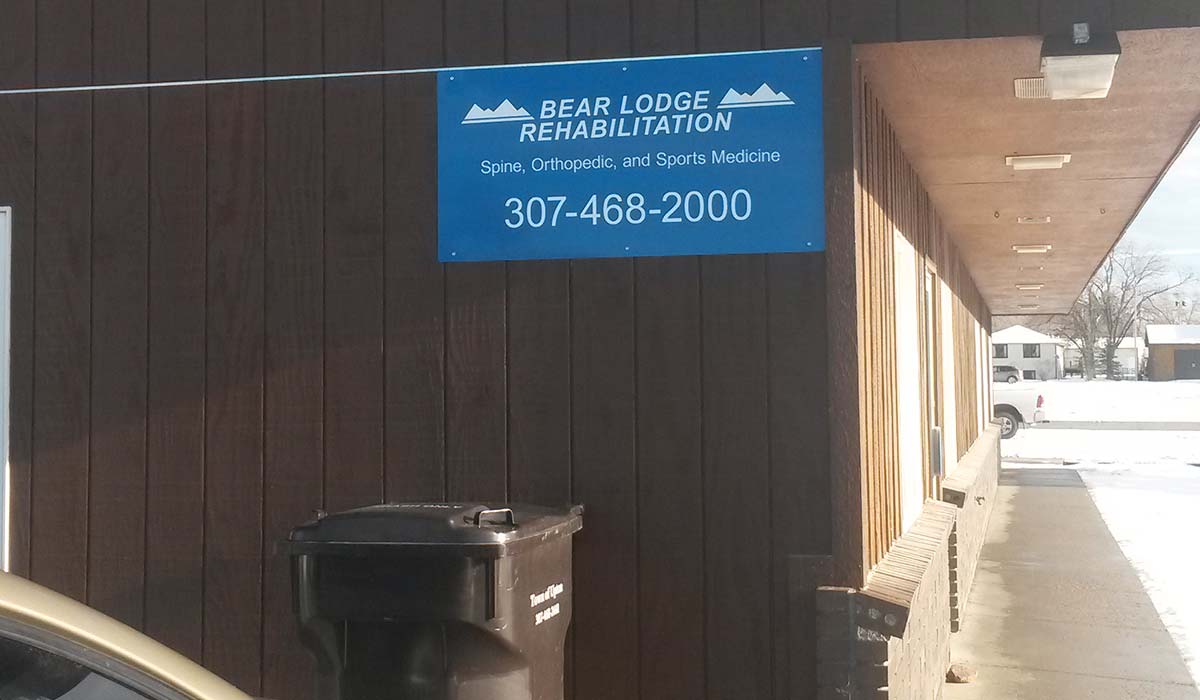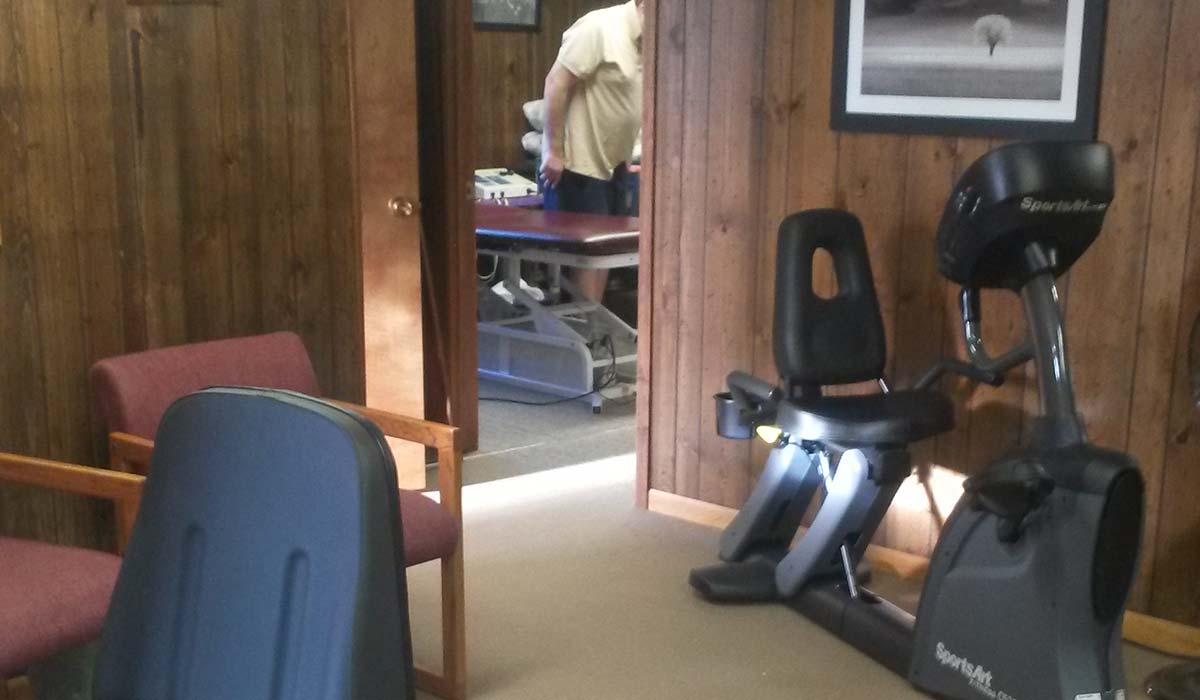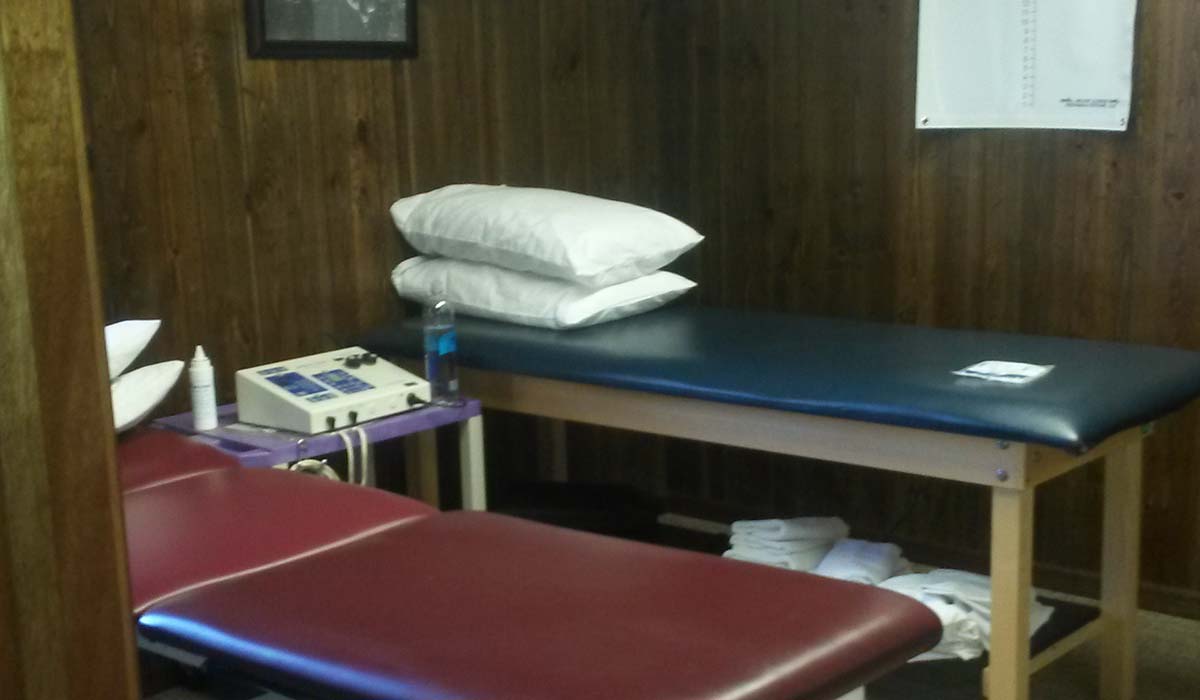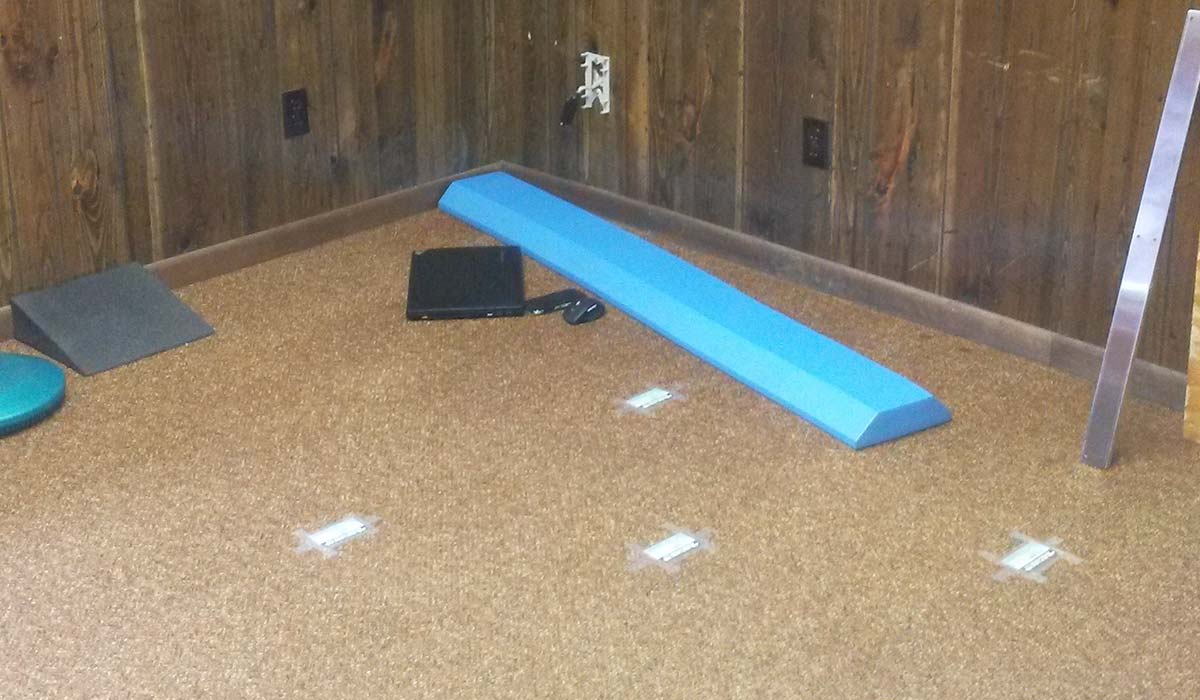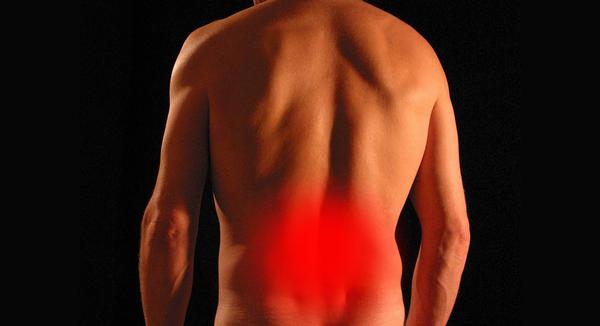Bear Lodge Rehabilitation - Upton
Our Upton clinic expanded to the community in 2015 following a demand for physical therapy services in the area. We work collaboratively with Crook County Medical Services District and our main clinic in Sundance, to help patients achieve their goals and best outcomes. At Bear Lodge, we know that a team approach is needed for success, and we strive to work with all practitioners involved in a patient's care.
We serve all areas of healthcare but focus on orthopedics and chronic pain management. We treat a variety of diagnoses including back/neck pain, tendonitis, TMJ dysfunction post-surgical pain, work conditioning, vertigo, and women’s health/prenatal complications. Our hours are Tuesday and Thursday 8:00 am-5:00 pm.
Location Details
Hours: Tues & Thurs: 8:00AM - 5:00PM, Friday: 8:00AM - 3:00PM
Fax: 307-283-3515
Services Offered
- Arthritis Pain
- Back Pain
- Back School Presentations
- Balance and Vestibular Rehab
- Biofeedback
- Biomechanical Gait Analysis
- Body Mechanics Training
- Chronic Pain
- Cupping Therapy
- Custom Foot Orthotics
- Custom Splinting
- Ergonomic & Worksite Evaluations
- Functional Capacity Evaluations
- Graston Techniques
- Hand Therapy
- Headache
- Kinesio taping
- Modalities
- Myofacial Techniques
- Neck Pain
- Neurological Services
- Orthotic Fabrication
- Orthopedic Service
- Pediatric Therapy
- Pool Therapy
- Post Cancer Treatment
- Pre/Post Surgical Rehab
- Pre-Employment Screening
- Return to Work Screening
- Return to Sport Exercise Programs
- Running Injuries
- Self-Care Skills
- Sensory Integration
- SFMA - Selective Functional Movement Assessment
- Spine Care
- Sports Medicine
- Stroke Rehabilitation
- Tendonitis
- TMJ
- Torticollis
- Trigger Point Dry Needling
- Vestibular Rehabilitation
- Women's Health
- Work Hardening/Conditioning
- Work Injuries
- Wound Care
Latest News & Info
The Benefits of Yoga After Receiving Physical Therapy Services
August 26, 2020
Improved Ability to Recover
There’s no guarantee that you’ll never get injured again after undergoing physical therapy sessions with your trusted team. However, there are things you can do to reduce the likelihood that your injury will require extensive physical therapy to fully recover. Yoga is one of them. When you incorporate yoga exercises into your routine, you’ll train your muscles to function properly, stay loose, and reduce your risk of injury in the first place. If you do get injured again, the injury will likely be less severe. Your muscles will be able to recover faster and more effectively.
Helps You Relieve Stress
When you get stressed, your muscles get tight. The tighter they are, the more restricted your range of motion will be. That restricted range of motion makes it easier for you to injure yourself and increases the likelihood of needing physical therapy in the future. Yoga helps keep your muscles loose and makes it easier for you to maintain the range of motion you regained after physical therapy. Over time, you might even see an improvement in the extent of your flexibility.Â
You’ll Build Functional Strength
When you work out at a gym, it’s normal to want to push yourself and try exercises that you might not be ready for. Not only does that increase your risk of injury, but it also doesn’t help you stay healthier. Functional strength or building strength that helps your body function at 100 percent is always better than building bulk. However, getting those results on traditional gym equipment can be tough. Yoga builds functional strength with nothing more than your bodyweight. You’ll get strong without adding bulk to your frame.
May Improve Your Sleep
Little aches and pains can get in the way of a good night’s sleep more than anything else. The more often they do, the harder it will be for you to function at work, in social engagements, and other events throughout your life. Yoga helps stretch your muscles and restores your posture to reduce those aches and pains. When you’re in less pain, you’ll be able to sleep better which can then impact your overall health and wellbeing.Â
Speak With Your Physical Therapist
If you’re about to wrap up physical therapy, the best thing you can do is continue to stay active. Ask your therapist for advice on the types of activities that will help you recover fully and avoid future injury. If you’re interested in yoga or any other activity, let them know about your interest so they can advise you further.Â
Â
Common Signs of a Herniated Disc From Your Trusted Wyoming Physical Therapy Team
August 19, 2020
There’s Intense Pain When You Sit Down
Ordinary muscle strain is often alleviated by sitting down or resting. It gives your muscles a chance to relax and removes the tension from the strained area. When you have a herniated disc, sitting will often make the pain worse. Pay attention to the way you feel when you’re taking a break or working at a desk. If the pain gets noticeably worse when you’re sitting down, call your doctor as soon as possible.Â
The Pain Spreads Down Your Legs
One of the most common signs of a herniated disc is a condition called sciatica. This condition causes the pain you normally feel in your low back to run down the sciatic nerve which travels from your buttocks to your feet. When a disc ruptures or slips, it puts pressure on that nerve, resulting in pain throughout your lower back, buttocks, and legs. The pain is often slow to spread and doesn’t stick around for days on end. If you notice the pain shifting from your low back to your lower extremities when you perform certain activities, you may have a ruptured disc.
Feelings of Numbness
Believe it or not, ruptured or herniated discs don’t always cause sensations of pain. Sometimes, they cause parts of your body to feel numb or tingly. Think about the way your body feels when you’re moving around. If the pain is fairly consistent, you likely have a strained muscle. However, if the pain fades and leaves a feeling of numbness down one part of your body, you may have a herniated disc. If you notice this sensation, call your doctor immediately to discuss your treatment options.Â
Get Help Quickly
Coping with low back pain throughout the day is never pleasant. Luckily, there are things you can do to correct the issue and get your body back on track. The best place to start is by working with an experienced physical therapy team and letting them slowly make corrections to your muscles and spine. Those corrections will help you stave off back pain in the future so you can focus on maintaining your health. If you’re experiencing low back pain, don’t wait. Contact your nearest office and schedule a consultation with our team.
Why Active Recovery Days Are the Best Way to Avoid Needing Physical Therapy Services
August 13, 2020
What Active Recovery Means
Active recovery means you’re giving your body a break from the strenuous workouts you do on your normal gym days, but instead of sitting all day, you’re getting up and moving. Think of an active recovery day as an ultra-light workout day. If you normally run, go for a long and leisurely walk. If you lifted weights the day before, run through some yoga or stretch and walk the tension out.Â
The Benefits of Active Recovery Days
Now that you understand what active recovery is, you’re likely wondering why it’s so important. After all, you deserve to be able to rest and take a day off after working out incredibly hard. While you’re certainly entitled to periods of rest, active recovery days have a few compelling benefits.
Keeps Your Muscles Loose
If you’ve ever worked out incredibly hard only to find that you’re stiff the next morning, you know that keeping your muscles loose is a challenge. Not only do stiff muscles increase the pain you feel throughout the day, but they also put you at risk for injury when you get back into your workout routine. Active recovery days emphasize movement, helping to keep your muscles loose and get rid of those feelings of stiffness that keep you from being able to work out as hard as you’d like later in the week.
Gives You Time to Focus on Form
Active recovery doesn’t have to mean taking a break from your exercise routine. It just means going at it with a lot less intensity. You can use this to your advantage and focus on form instead of how hard you’re pushing yourself. By paying attention to your form and building muscle memory when you’re not pushing yourself, you’ll be able to maintain that form later without as much effort.
It’s Fun and Relaxing
Believe it or not, active recovery days can be fun and relaxing. They’re the perfect opportunity to try new exercises and experience new things without having to worry about missing out on your workout. Just remember to keep things fun and don’t put pressure on yourself to perform to a certain level.
Keep Your Body Moving
Movement is the best medicine and is the easiest way to keep your muscles loose and healthy. If you ever end up dealing with an injury or are worried about a persistent ache that won’t go away, reach out and schedule an appointment with our team.Â
Â
How to Prevent Mountain Biking Injuries According to Wyoming Physical Therapy Experts
August 6, 2020
Check Your Bike Before You Ride
Running through a safety check before you hit the trail is the best way to keep yourself and other riders safe. Inspect your bike thoroughly prior to every ride. Make sure the nuts, bolts, and axels are properly mounted and tightened. Check your brake cables for tension and make sure the calipers or rotors can stop your wheel when you squeeze the lever. Look at your pedals and remove any debris that could keep your feet from sticking well. It’s also a good idea to check your wheels and make sure they’re in true. If they’re not, the wheels won’t roll straight and could end up clipping rocks and roots as you go.Â
Wear the Right Gear
Seeing mountain bikers zipping down trails without helmets or protective gear is, unfortunately, a common sight. Those riders risk serious injury if they fall or lose control of their bike on the trail. Instead of becoming another statistic, make sure you’re wearing the appropriate gear before you leave the trailhead. Invest in a good helmet and get it fit properly at your local bike shop. Wear gloves to maintain grip on your handlebars and consider knee and elbow pads to help reduce impact stress if you do fall. If you’re going all-out and riding technical trails and making steep downhill descents, invest in biking armor. This can dramatically reduce your risk of injury if you wipe out.
Warm Up Before You Leave
When your muscles are tight, they’re more prone to serious injury. Save yourself the risk by warming up before you hit the trail. Go for a short run or brisk walk to get the blood circulating and to loosen your muscles after the drive to the trailhead. Then, run through full-body stretches and make sure you’re comfortably loose. If anything feels tight or you notice strain from your previous ride acting up, consider taking it easy on the trail. Let your body be your guide. If it feels like you’re not up to a strenuous ride, don’t force it. When you force things, you’re more likely to hurt yourself.Â
Keep These Tips in Mind
If you’re planning on hitting the trail, keep these tips in mind and you’ll be able to reduce your risk of getting injured doing what you love most. If you do end up taking a bad spill or notice that you’re not performing the way you want, schedule a consultation as soon as possible. The sooner you do, the easier it will be to speed your recovery.
Â
Common Symptoms of Knee Trouble Wyoming Physical Therapy Providers Don’t Want You to Ignore
July 20, 2020
You’re Not Sleeping
As knee pain gets worse, you may find it difficult to get comfortable at night. This can impact the quality and amount of sleep you get every night. If you find yourself struggling to deal with your pain or keep waking up because your knee starts acting up, don’t wait. Get help from your Wyoming physical therapy team immediately.
You’re Changing Your Lifestyle
You should never have to modify your hobbies, activities, or lifestyle to accommodate knee pain. If you’re making concessions and missing out on doing the things you enjoy most, reach out for help. The best thing you can do is seek treatment. The sooner you can start working to find the underlying cause of your knee pain, the sooner you can get back to sleeping through the night.
The Joint Keeps Popping
Ordinarily, popping joints aren’t a huge issue. However, when it’s your knee that’s popping, it can be a sign of cartilage damage. The sooner you get your knee treated, the better off you’ll be. Leaving your knee to keep popping increases the risk of the cartilage damage getting worse. Once this happens, most people notice a dramatic increase in pain and mobility difficulties.
It’s Swelling Frequently
Swelling is the body’s response to injury. You don’t even have to feel severe pain for your body to respond this way. If your knee is swollen frequently, especially if you can’t explain what might be causing the swelling, it’s worth getting it checked out. There may be an underlying injury that needs treatment and leaving it to its own devices could end up doing permanent damage to your joint.
You’re Finding It Hard to Take Care of Chores
Bending, stooping, walking, and stretching are all part of daily life. If you’re finding it hard to take care of those normal tasks or are unable to complete those movements because of soreness or pain in your knee, don’t ignore it. Find out what’s going on so you can get your body back to moving normally.
Physical Therapy May Help
Your doctor will be able to tell you what’s going on with your knee, but once you have a diagnosis, follow up with their recommended treatment options. When your doctor recommends physical therapy, it’s because they know it can help you regain mobility and improve your quality of life. If you’re ready to schedule an appointment, don’t wait. Contact us today.Â
Â
